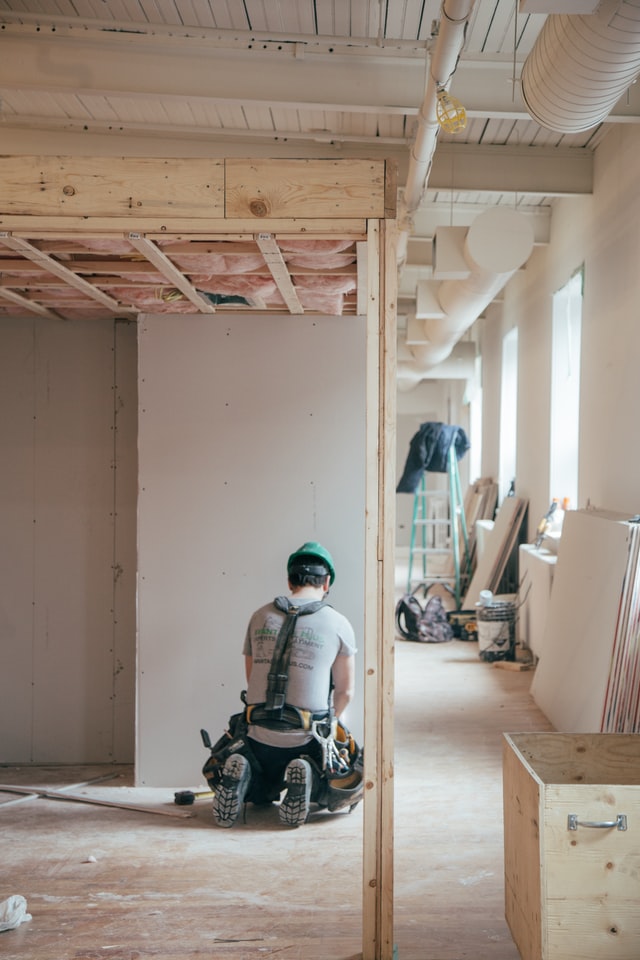Getting Into The Field Of Demolition
If you are into action movies you know that explosions make the movie more exciting. If you are interested the explosions, there is a lot more you should learn about the deconstruction business. It is a part of construction and there are actually no classes required to begin working in the construction field. There is, however, specialized training for those interested in entering the field to demolishing structures including bridge demolition services. You will learn to demolish homes, buildings, and other structures in the safest, most efficient manner.

Also known as explosive workers, blasters, and ordnance handling experts, your job will involve dismantling, wrecking, and razing structures or part of it. You should also know how to inspect blast areas for safety purposes, decide what type of explosives are needed and how much, plan the sequences of explosions, keep records for compliance to federal and local laws, and operating and maintaining equipment needed.
To get into the field, a high school diploma or its equivalent is preferred. Many employers prefer vocational or post-secondary certificates. Those with a degree relating to construction management have a leg up. Most deconstruction experts receive on-the-job training through work experience in the construction field. If trained by the military, trainees receive 39 weeks of specialized training.
They will learn about explosive materials, procedures and operations, chemical and biological ordnance, and other relevant topics during their training. Nonmilitary entry requires starting in the field as a construction laborer or through an apprenticeship program, working with a skilled, knowledgeable construction manager who will supervise you in the best and safest way to demolish structures.
The recommended skills one must possess are strong analytical abilities, decision making, good communication, time management, and managerial skills. You may also need licenses or certifications for working with hazardous materials. You should gain an understanding of the materials used in structures, learn to operate various heavy machinery, and the safety practices and procedures. It is stressful and requires a cool head when the pressure is on.

While working as a construction laborer, you may work at building or highway construction and even mining. You will assist many different skilled workers including carpenters, electricians, plumbers, and welders. You must be strong, flexible, and able to work with various craft men as well as in hot and cold weather, on building rooftops as well as underground.
Your duties will include removing potentially dangerous materials, trash, and building debris at construction sites. You will learn to assemble and disassemble concrete forms, scaffolds, reinforcement braces, and temporary structures. You will carry supplies needed for work such as bricks, cinder blocks, roofing panels, spools of electrical wire, drywall sheets, and other construction materials. You will learn to use shovels and backhoes, concrete mixers, and forklifts.
A formal apprenticeship may last from two to four years. You may study modules to learn basic safety, building materials, blueprint reading, concrete work, and hand and power tools. You must also learn the science of demolishing large structures.
This field is the process of dismantling a building according to pre-planned and controlled methods taking weather conditions, mass, materials, and physics into consideration. A survey of the building tells you the materials used, method of construction, and its current physical condition. Decide the best method of demolishing, equipment needed, and the clean-up processes.
You must remove flammable and contaminated materials from the site and advise workers of hazards at the site. A detailed demolition plan that tells how the series of explosions will proceed. You will also control flying debris. You must be able to destroy a high rise in the middle of the city, placing explosives to make it implode.

There are many other methods of deconstruction that are widely used. Building more than 60 feet tall made from concrete, steel or masonry can be brought down with an excavator. Wrecking balls weigh 12 thousand pounds, are made of steel, and are swung by a crane. It has the ability to take down a whole building. A more eco-friendly form of deconstruction is done selectively. Certain sections of a building are removed rather than flattening the entire structure in one blow.
Now you have a more informed perspective of deconstruction using explosives and other methods. You know its requirements, training and job duties. Is it the right field for you? Thanks to iseekplant.com.au for consulting on this post.
























